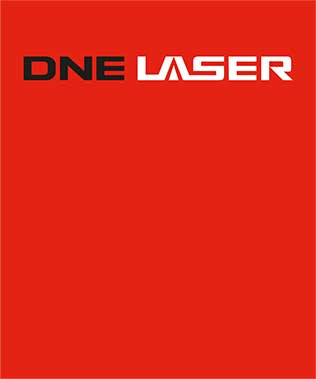Competitive advantages of automation systems
Published:2021-03-10 Browse:56Editor in charge:DNE Laser (Member of Bystronic)
Automation can increase the competitive advantage, thereby bringing higher efficiency and throughput to the company. When market competition intensifies, automation systems help companies maintain profits and market competitiveness.
If a company does not use automation in the current manufacturing process, then it should conduct a detailed analysis to understand how automation can increase economic benefits by improving efficiency and throughput. The automated system can increase efficiency by an average of 30% by maintaining a constant production speed and eliminating process differences. Throughout the manufacturing process, software automation is also a major consideration.
Before investing in automation, it is necessary to conduct a thorough and detailed analysis of the total cycle time at each stage of the ordering process to understand where to automate or simplify the process.
Such as:
After receiving the order, how long does it take to enter the order into the company's ERP or production planning system?
How long does it take to create a bill of materials (BOM) and plan production?
How long does it take to allocate raw materials to an order? Are the materials ready?
What are the bottlenecks? How to simplify the front-end process?
How many processes are based on paper materials, and how can they be simplified through complete digitization?
For new machines to increase productivity levels, material handling speeds faster than ever before are required. If there is no timely loading and unloading function to support the machine, it is not cost-effective to invest in a faster machine. In order to maintain a constant production speed, automation of material loading and unloading is essential. In the traditional production process, the operator can be very efficient in the loading and unloading process, but the operator cannot always be by the machine. They have to rest, go to the toilet, eat, participate in meetings, etc., and long-term operation will also cause operator fatigue. Cause a series of problems such as safety.
The advantage of automation is that it can continuously deliver raw materials to the machine, maintain the consistency of the machine cycle time, and reduce non-productive waiting time. If materials are not provided to the machine in time, the machine will be idle. Conveying through an automated material tower or an automated storage system can reduce the total production turnaround time and help the machine continue to work without being on duty.
A detailed analysis of non-productive time can assess the true impact of investment automation. Improved efficiency, throughput and revenue are just some of the obvious benefits. Customer satisfaction brought about by better delivery and faster turnaround time is a more long-term competitive advantage.
 Bystronic (Shenzhen) Laser Technology Co., Ltd.
Bystronic (Shenzhen) Laser Technology Co., Ltd.